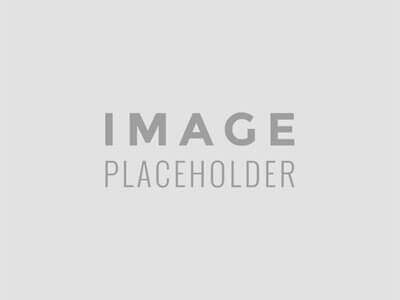Bank Programs
For Investment Commercial Real Estate
Banks and credit unions generally provide some of the lowest rates available in the market, making them attractive sources of debt for many real estate investors. These lenders will finance a broad range of property types and are usually flexible with uses of funds. Financing may be used to acquire, develop, construct, or rehab commercial property, as well as to refinance existing debt, or consolidate multiple loans. These lenders provide an assortment of products including fixed and variable rate structures.

Program Overview
| Loan Amount: | $200,000+ |
| Term Length: | Up to 10 Years |
| Max LTV: | Up to 75% (85% for Multifamily) |
| Amortization: | Up to 25 Years |
| Interest Rate: | Starting in the 4%’s |
| Closing Time: | 4 – 6 Weeks |
| Purpose: | Acquisition, refinance, cash out, construction, rehab / add on |
Skip to Section >
Pros
- Low rates
- Diverse property types
- Flexible underwriting
- Variety of loan programs
Cons
- Extensive documentation
- Full recourse
- Shorter amortizations and fixed rate terms versus CMBS or agency lenders
- Cash out refinances limited
What Do I Need to Qualify
- Good credit
- Cash flowing property
- DSCR > 1.20
- No prior defaults (e.g., foreclosures) or bankruptcies within last 7-years
Disclaimer: These are general qualifications. Other information might be considered during your application.
Required Documents
Personal Documents
- Loan Application
- Bank Statements
- Credit Report
- Personal Tax Returns
- Personal Financial Statement
Property Documents
- Rent Roll
- Historical Operating Statements
- YTD Operating Statements
Fees and Costs
- Origination fees: 0% – 1%
- Third party reports: $2,500 – $5,000
- Legal & documentation: $2,500 – $5,000
- Closing costs: Based on loan amount and county
Fees and costs are estimates only based on historical data. Actual fees and costs may differ among lenders and will depend on a variety of factors, including property and complexity of the transaction.
Prepayment Penalties
For loans with long fixed rate terms, some lenders may require a prepayment penalty, which is typically tied to the rate and term it is fixed. If required, lenders typically use a declining balance (i.e., Step down) prepayment provision.
Timing
Getting from term sheet to the closing table is often a two-way street. Borrowers that promptly provide documentation and answer underwriting questions can dramatically speed up the closing process. While it is possible to close a loan in less than 30-days with a bank, the typical closing period is 6-8 weeks. Often times, the closing period is dependent on outside sources, such as property inspections or appraisals, so borrowers should be proactive with time provisions in purchase contracts.
Single vs. Multi-Tenant
Single Tenant: For single tenant properties, such as a drug store, dollar store, or restaurant, for example, most banks and credit unions will only lend on properties leased by a credit tenant, and where the remaining term of the lease exceeds the term of the loan. While not impossible, it is very difficult to obtain financing for single non-credit tenant leased properties where lease terms have a short duration.
Multiple Tenants: For multi-tenant properties, such as office buildings, shopping centers or strip centers, or industrial properties, banks and credit unions will generally lend on properties that have both credit and non-credit tenants (e.g., mom & pop businesses) and there’s more flexibility with lease durations.
Borrower Entity
Generally, the borrower entity must be a single asset, single purpose entity. The typical structure is a limited liability company. For purchases, the sponsors will typically form the entity in connection with the closing process.
Recourse
Generally, any individual with at least a 20% or more ownership interest in the borrower should expect to provide full personal guarantee. In rare instances, or for lower leverage loans (under 60% LTV), non-recourse or limited recourse may be available with certain bank lenders.
Third Party Reports
Property related reports, such as an appraisal, property condition report, and a Phase I Environmental Report are usually required. These reports must be ordered by the lender. Borrower should expect to remit a cost deposit to the lender to cover the costs of these reports.

Approval Process
1. Create loan request here.
2. Supply preliminary documents.
3. Select a loan program and product.
4. Receive preliminary approval.
5. Review and accept term sheet; remit deposit.
6. Lender completes underwriting.
7. Loan approved. Final terms reviewed and accepted.
8. Appraisal and third party reports ordered.
9. Loan closed and funded.





